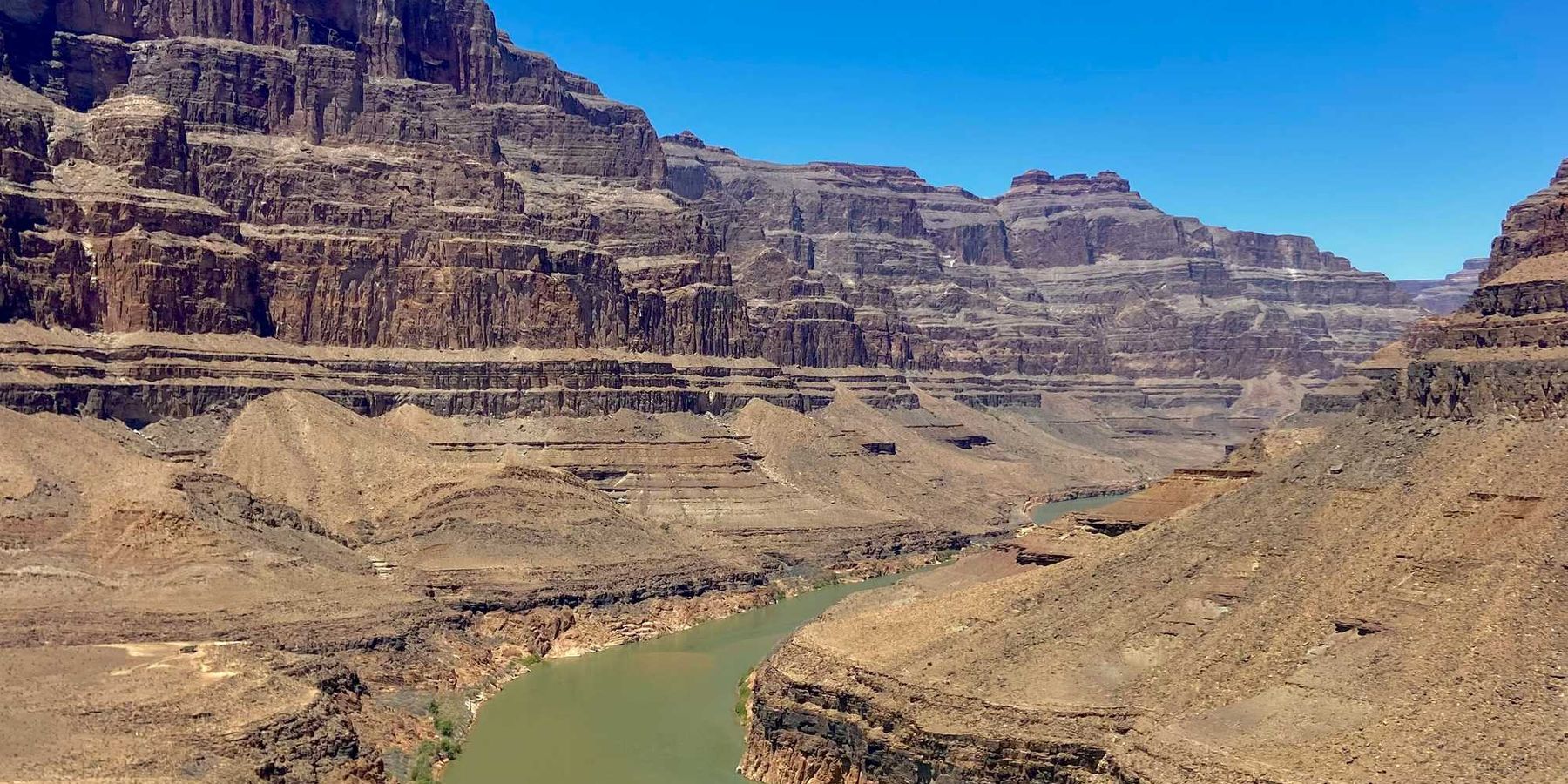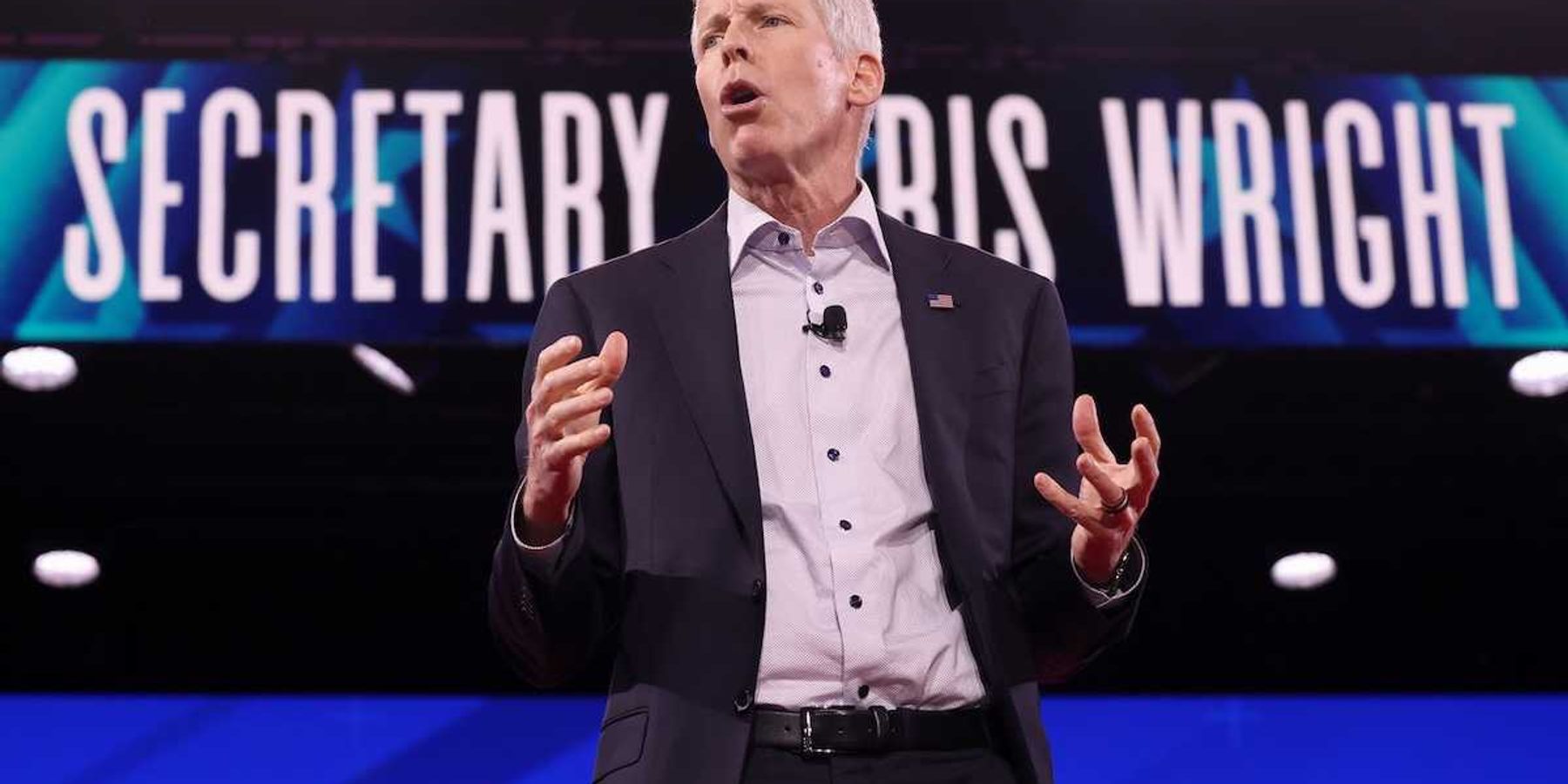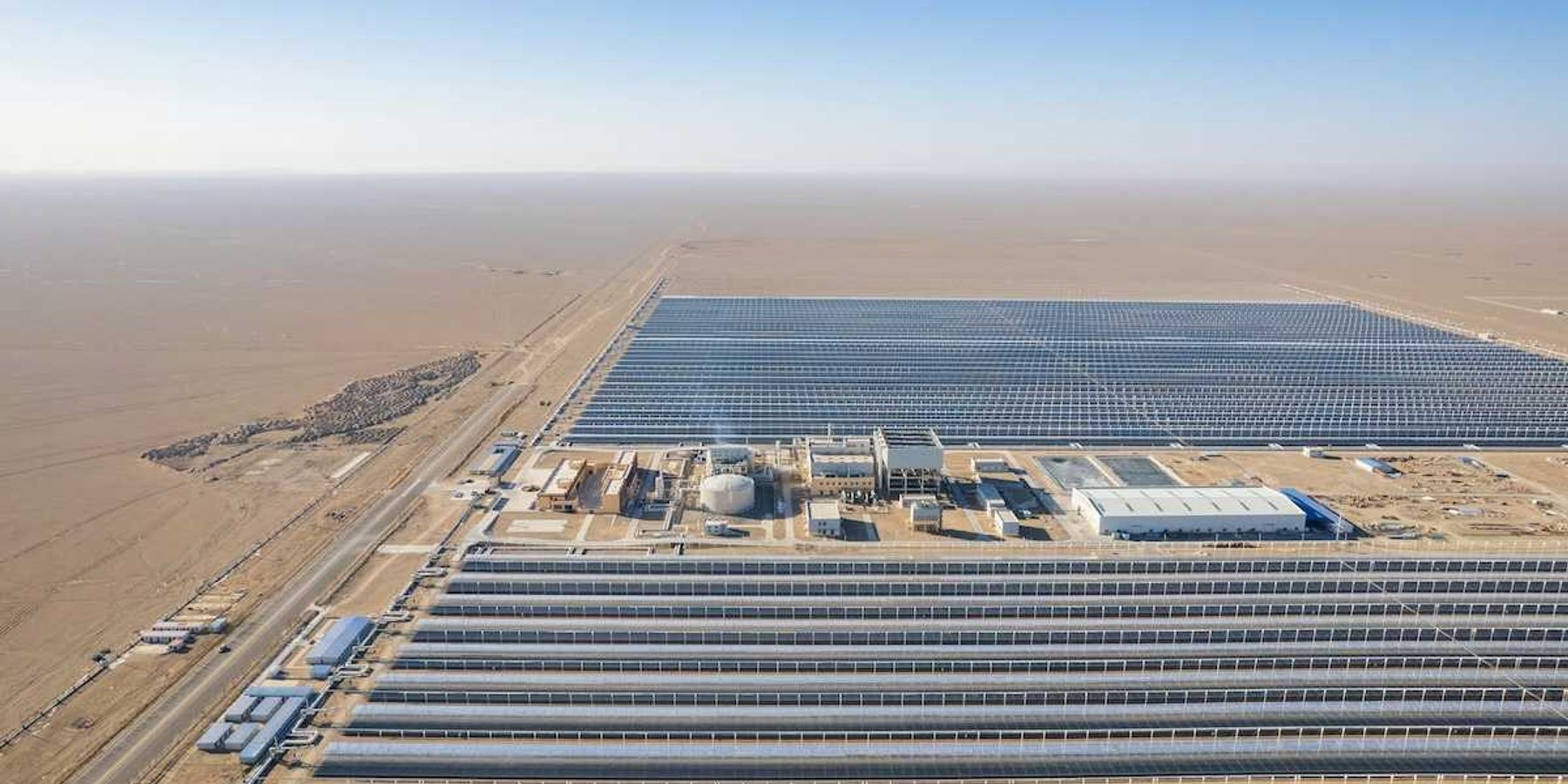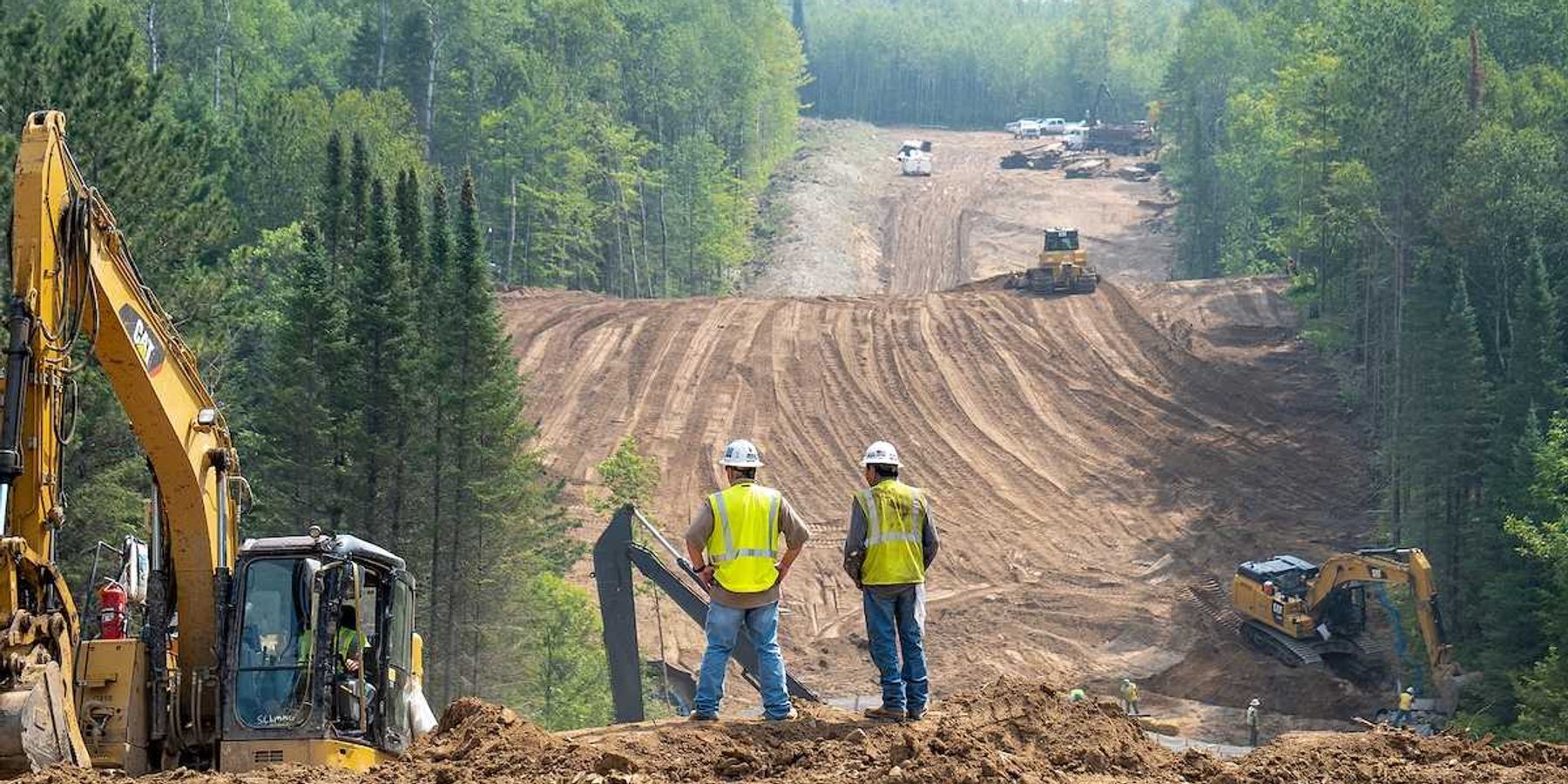The fight to protect water in Fort Chipewyan grows urgent
Residents of Fort Chipewyan, Alberta, are speaking out about rising cancer cases and other health concerns they believe are linked to tailings ponds from nearby oilsands operations.
Amber Bracken reports for The Narwhal.
In short:
- Fort Chipewyan residents worry that oilsands tailings, containing toxic chemicals like arsenic and mercury, are contaminating their drinking water.
- The community faces increasing cancer rates, but the government has not conducted a comprehensive health study on the water's safety.
- Despite reassurances from officials, many residents do not trust the water and rely on bottled water for drinking.
Key quote:
"You live in that fear because people are starting to get cancer and it's kept going and going and going. Now it's getting worse."
— Claire Cardinal, Fort Chipewyan resident
Why this matters:
Tailings ponds from oilsands are filled with toxic waste, and communities downstream fear their water is contaminated, impacting both health and the environment. Without definitive studies or action, their concerns and lives remain in limbo.
Read more: Toxic tar sands spill in Canada raises questions for First Nation community













